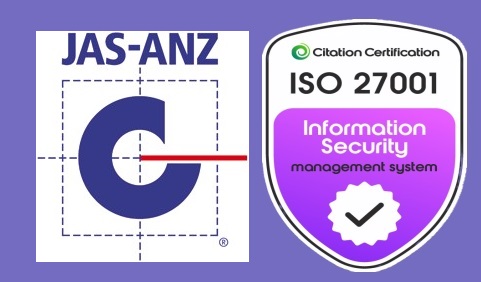5 Best Forms Of Internal Data Use
23 Feb

When it comes to getting results with data, the first step often involves taking a look inside. Internal business data – whether that be IT logs, accounting data, internal email data or customer records – is invaluable for any business looking to effectively commercialise their data.
In this piece, we run through six of the best ways you can use internal data to help improve your business.
Get the culture right
Although company culture is often viewed as an intangible, there is a use case for data here. A thorough look at HR data, such as employee retention, performance, demographic, promotion, benefits, leave and employee surveys, can help identify patterns that might be influencing a corporate culture.
Bringing together these various metrics can show the various segments that exist within the company and how these segments are influenced by various factors. For example, a company might realise that employees aged between 25-30 have the shortest average tenure in comparison with their tenure in comparable industries. Once this insight has been identified, structures can be put in place to better support younger workers and improve retention.
Find new customers
One of the best ways to use internal data is via a data partnership. Provided your internal data is in good shape, it can then be combined with external data to enrich the overall quality of the data. Not only will this provide you with a 360-degree view of your own customers, it can also help when it comes to identifying new customers.
For example, a business with a strong focus on acquiring new customers can work with a data partner to ensure it is only sending marketing materials to individuals that have not purchased your product or service before. While this is a simple ‘de-dupe’, the data needs to be available to execute it. This will prevent wasting marketing spend on existing customers and will therefore mean each dollar spent on acquiring new customers is more effective.
Tell your story
Businesses today are encouraged to engage in corporate storytelling and present their identity and values to their audience. Again, internal data can play an important role in corporate storytelling. For example, customer data, which shows how certain customers have interacted with various products or services, can be used to demonstrate the value of the wider business.
Additionally, internal operational data can be shared with the public to demonstrate transparency, help build consumer trust and close pay gaps. US-based analytics firm Buffer has recently taken the remarkable step of publishing its entire team’s salaries. The company says this aligns with its corporate value of ‘Default to Transparency’.
Personalise your offering
It is no secret that consumers now demand personalisation. It’s a trend that has given rise to popular entertainment platforms like Spotify and Netflix. As well as being a fantastic example of how streaming services can succeed in the digital economy, both of these services are also an example of how internal data can be used to grow a business.
McKinsey & Company shares the example of a European grocery company which built out customer segments based on location, time of day and other factors. Once these segments had been created, it directed discounts towards users that were most likely to use them (such as frequent users of the smartphone app) and thus increase the effectiveness of such promotions.
These businesses rely heavily on data about their customer’s behaviours to ensure that they can deliver a personalised service for each of their millions of customers.
Sharpen your marketing
Internal data can also offer insights which can in turn improve a business’s marketing capabilities. Given internal data is always going to be original and exclusive, it is a great way to build marketing campaigns that stand out. Something like a customer survey, for example, can be used to identify the sentiment of different customer segments, which in turn can be used to create more targeted and relevant marketing campaigns. A customer survey can also be used to ask customers that fill it out if they are happy to opt-in and be personally identified so the business can offer more personalised services.
While internal documents heavy in data, such as annual reports, do not scream great marketing material, with a bit of effort, this internal data can serve a purpose. Key statistics and figures can be turned into an infographic to be shared on social media, which can then in turn drive traffic to the original report.
By Boris Guennewig, Co Founder & CTO at smrtr




